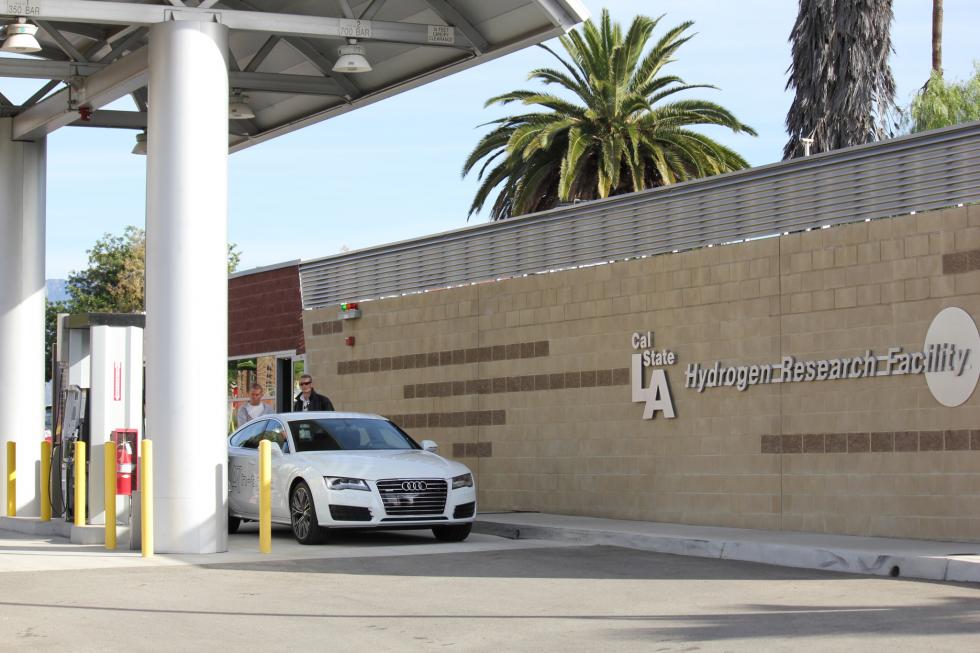San Francisco may soon get its own high-speed hydrogen fuel-cell ferry boat as part of a demonstration project backed by public and private interests.
But that boat will need a place to refuel--as will hundreds and then thousands of hydrogen fuel-cell cars from Toyota, Honda, and Hyundai over the next five years.
So as well as designing a new fuel-cell vessel from the keel up, the project's collaborators will create what is billed as the world's largest hydrogen fueling station.
DON'T MISS: Hydrogen Fuel-Cell Ferry For Bay Area, Electric Ferry In Norway
The new fueling station will serve cars, buses, and fleet vehicles, in addition to the SF Breeze ferry and other fuel-cell vessels, according to the Environment News Service (via Autoblog Green).
The station will be able to dispense 1,500 kilograms (3,306 pounds) of hydrogen per day, which is supposedly twice the capacity of current largest station.
It will also be the first hydrogen fueling station to serve both land and marine vehicles, officials say.

Red and White Fleet ferry, San Francisco
Those capabilities are required to meet the anticipated needs of the SF Breeze ferry, which is expected to use 1,000 kilograms (2,204 pounds) of hydrogen per day in normal operation.
A hydrogen fuel-cell car, on the other hand, may only use 5 kg of hydrogen per week, from which it will get perhaps 300 miles.
The economies of scale offered by such a larger fueling station could also reduce the cost of hydrogen in the area, claims Sandia National Laboratories.
ALSO SEE: CA Fuel-Cell Car Drivers Say Hydrogen Fuel Unavailable, Stations Don't Work (UPDATED)
The Federal research institution is partnering with San Francisco's Red & White fleet and other entities on the project.
So far, though, the partners have not discussed exactly how all of that hydrogen will be produced.
Using renewable energy to electrolyze water would lower overall carbon emissions even further, but it's possible the station will use hydrogen produced using natural gas as a feedstock--the most popular current method.

Cal State L.A. Hydrogen Research and Fueling Facility
Replacing the diesel engines typically used in ferries is expected to have numerous environmental benefits.
Eliminating toxic exhaust emissions could reduce air pollution, and fuel cells will also reduce the risk of water contamination from fuel spills.
There is no firm timeline for the debut of either the fueling station or the SF Breeze ferry.
In the short term, the groups involved will conduct feasibility studies and work to raise additional funds.
_______________________________________________












